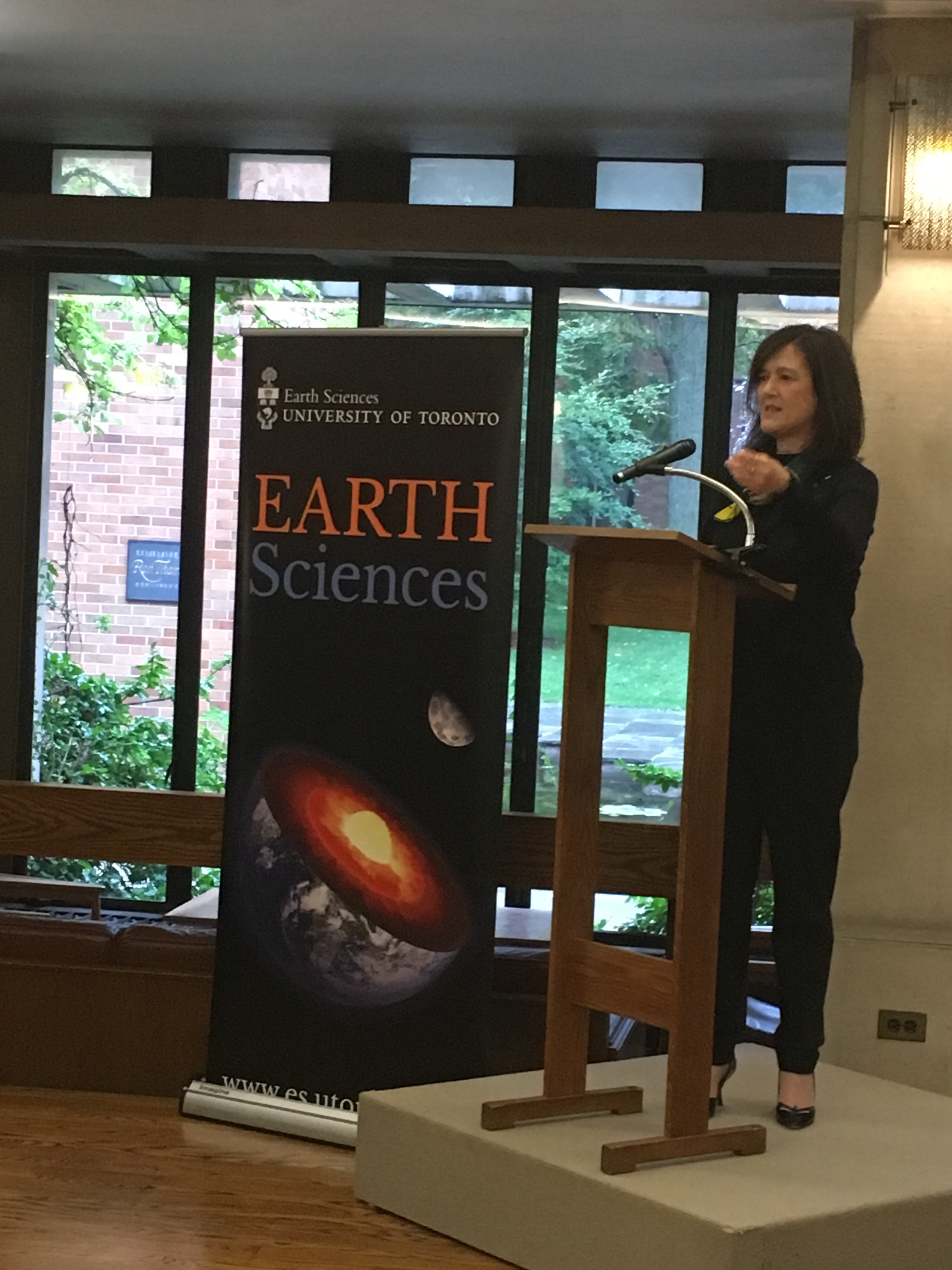This year, the Natural Sciences and Engineering Research Council of Canada (NSERC) awarded world-renowned earth sciences professor Barbara Sherwood Lollar the 2019 Gerhard Herzberg Canada Gold Medal for Science and Engineering for her work on ancient water below the Earth’s surface. Dr. Sherwood Lollar has also collaborated with the Nuclear Waste Management Organization (NWMO), completing research through a partnership agreement with the University of Toronto.
Her research, which revealed subsurface microbial life and the reactions between water and rock that sustain life deep underground, could also help astrobiologists understand where life might be found on other planets, such as Mars.
“This is the highest award that the NSERC can give, and we are thrilled that Barbara Sherwood Lollar received it. We have been privileged to work with this renowned scientist at the NWMO and benefited from her research. She is a wonderful role model for young people who aspire to a STEM career,” said Laurie Swami, President and CEO of the NWMO.
In 2014, Dr. Sherwood Lollar documented for the NWMO a method for sampling ground and pore water in crystalline rock for microbial and geochemical analysis. In 2018, she conducted a case study for the NWMO at a crystalline rock site – the Kidd Creek Mine in Timmins, Ont. Dr. Sherwood Lollar analyzed the water in the rock fractures to determine the amount and type of micro-organisms present, and the effect that drilling and subsurface infrastructure development would have on them.
Dr. Sherwood Lollar’s research contributes to the long-term safety of the deep geological repository by further improving our knowledge on fundamental processes occurring in deep subsurface.
“Barbara is extremely focused, thorough and knowledgeable, and she always delivers top-notch reports,” said Dr. Mehran Behazin, Corrosion/Microbiology Scientist at the NWMO, who works with Dr. Sherwood Lollar. “Her extraordinary work in this field allows us to have high confidence in our scientific work.”
Through academic partnerships with more than 15 universities, the NWMO continues to work with top scientists in Canada and internationally to ensure our selected site and the multiple-barrier system will protect people and environment, now and in the future.

